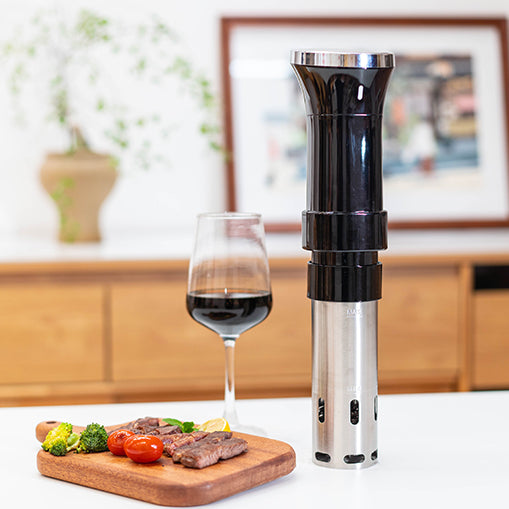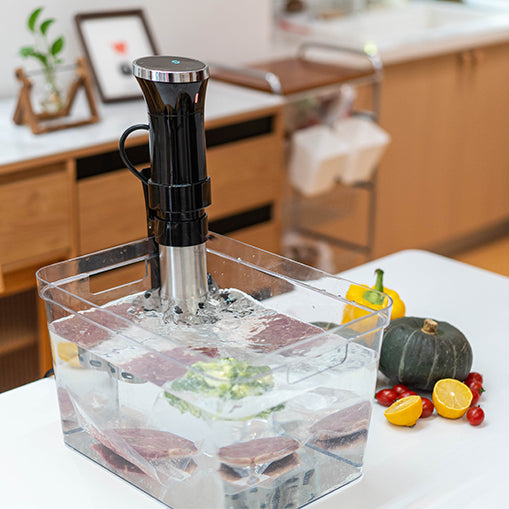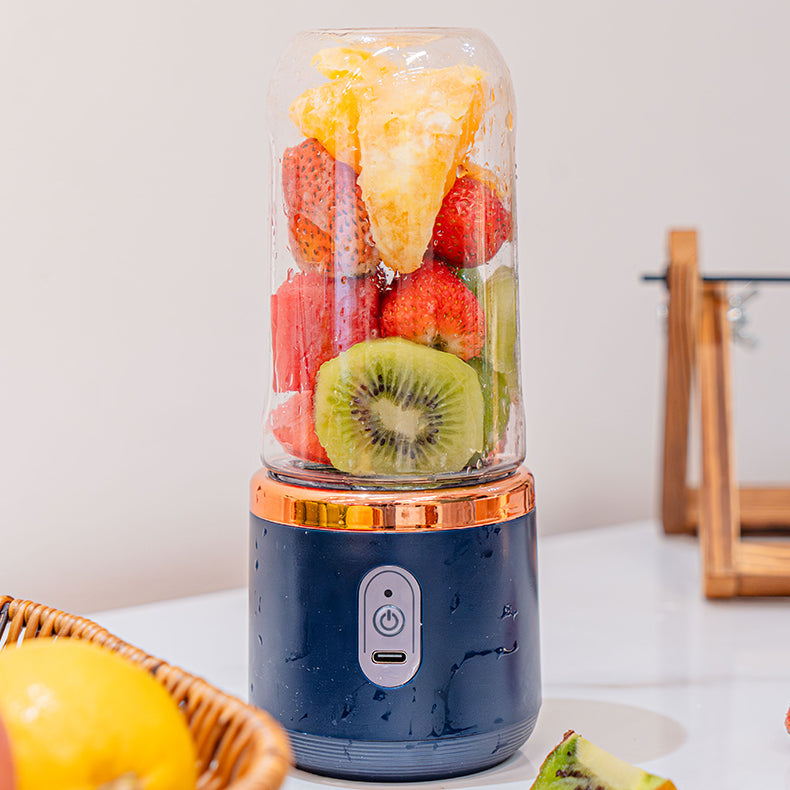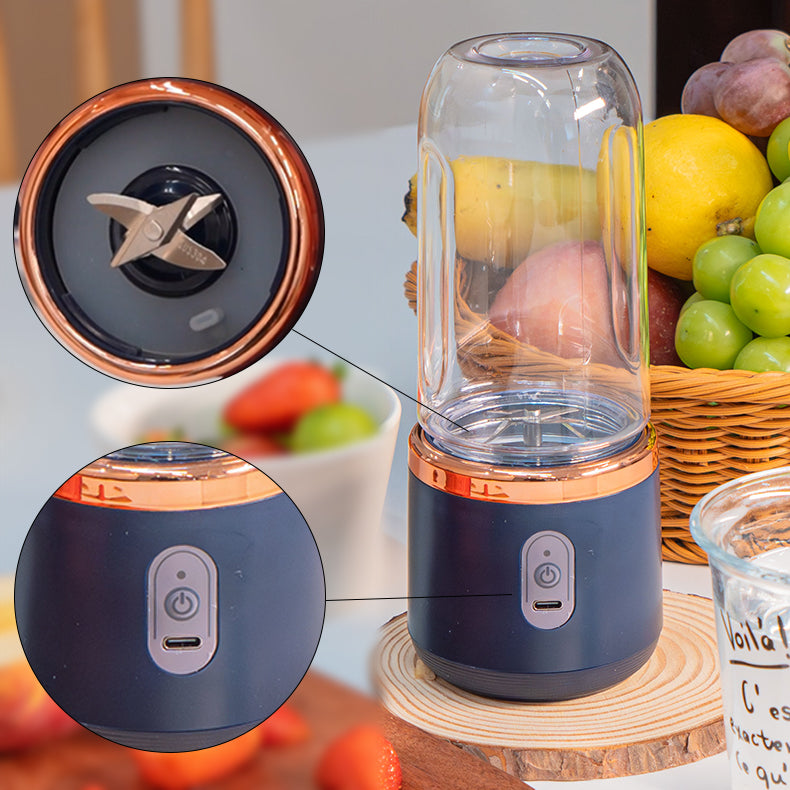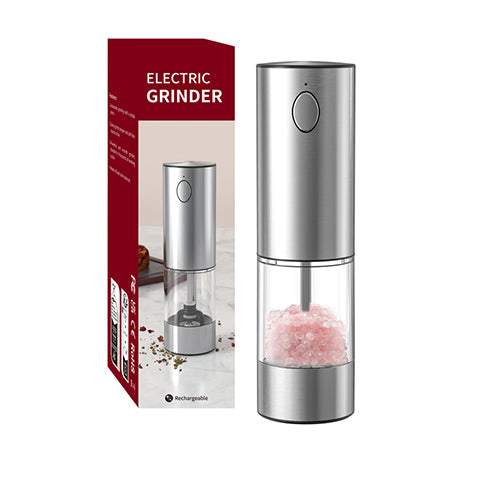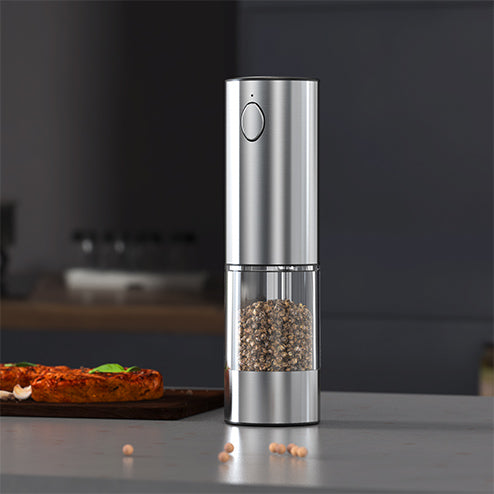Pork belly is a culinary favorite known for its rich flavor and melt-in-your-mouth texture. Can you sous vide pork belly then? The answer is a resounding yes. When cooked sous vide, this cut reaches new heights of tenderness while retaining all its savory goodness.
In this guide, we’ll delve into the art of sous vide pork belly, exploring techniques, flavor combinations, and step-by-step instructions to help you achieve the ultimate pork belly experience. Whether you’re a seasoned chef or a home cook, you’ll find valuable tips to impress your guests and satisfy your cravings. Dive in now!

Why Choose the Sous Vide Method?
Before getting into the details of the sous vide pork belly recipe, it is important to justify our choice of the sous vide method. In general, sous vide pork belly is favored for these reasons:
Precision Cooking: Sous vide allows you to cook food at exact temperatures, ensuring that your pork belly is cooked perfectly throughout, without the risk of overcooking.
Enhanced Flavor Infusion: The vacuum-sealed environment helps to infuse flavors deeply into the meat, allowing spices, herbs, and marinades to penetrate more effectively.
Consistent Results: Every time you cook sous vide, you can expect the same delicious results, eliminating the guesswork often involved in traditional cooking methods.
Tender Texture: Cooking pork belly sous vide breaks down the collagen in the meat, resulting in an incredibly tender and juicy texture that’s hard to achieve through other methods.
Convenience: Once you set the sous vide water bath, you can walk away. The low-and-slow cooking process allows for meal prep flexibility, making it easy to plan your cooking around your schedule.
Minimal Cleanup: With the food cooked in a vacuum-sealed bag, cleanup is a breeze. You won’t have pots or pans to scrub, just the bag to dispose of!
Ingredients and Tools Needed
With our preference for the sous vide method justified, it is time to dive into the recipe. Here are the ingredients and tools you’ll need to have at your fingertip before embarking on how to sous vide pork belly:
Pork Belly: Aim for a high-quality pork belly with a good balance of meat and fat. This cut is crucial for achieving that perfect tenderness and flavor.
Salt: Essential for seasoning and enhancing the natural flavors of the pork belly. Kosher salt is recommended for its texture and ability to penetrate the meat.
Sugar: Brown sugar or white sugar can help balance the savory flavors and aid in the caramelization process when searing the pork belly after cooking.
Aromatics: Garlic, rosemary, thyme, or bay leaves can be added for extra flavor. Feel free to get creative with your choice of herbs and spices!
Optional Marinades: Consider adding soy sauce, hoisin sauce, or apple cider vinegar for a unique twist on flavor. Marinades can be applied before sealing the pork belly in the bag.
Vacuum-Seal Bags: These bags are essential for the sous vide process. They help maintain a consistent temperature and prevent water from entering during cooking. Sous Vide Machine: This device is essential to keep a precise control and sous vide pork belly temperature and time.

Step-By-Step Guide on Sous Vide Pork Belly
Cooking sous vide pork belly is a rewarding process that allows you to achieve restaurant-quality results in your own kitchen. Follow our best sous vide pork belly recipe to master the technique and create a dish that will impress your family and friends.
Prepare the Pork Belly
Begin by selecting a high-quality pork belly with an even distribution of meat and fat. Trim any excess skin or large pieces of fat if needed. Pat the pork belly dry with paper towels to help the seasoning adhere better.
Season the Meat
Generously rub kosher salt and sugar all over the pork belly. This not only enhances the flavor but also helps to create a caramelized crust later on. Add your choice of aromatics—such as crushed garlic cloves, fresh rosemary, or thyme—allowing the flavors to infuse. Let it sit for about 30 minutes to absorb the seasoning.
Vacuum Seal
Place the seasoned pork belly in a vacuum-seal bag, distributing the aromatics evenly around the meat. Using a vacuum sealer, remove all air from the bag and seal it tightly, ensuring it’s watertight.
Set Up the Sous Vide Bath
Fill your sous vide container with water and set your immersion circulator-style sous vide machine to your desired cooking temperature, typically around 150°F/66°C to 170°F/77°C for tender pork belly.
Cook the Pork Belly
Submerge the sealed bag in the water bath, ensuring it’s fully underwater. Cook for 8 to 12 hours. This long cooking time of 8 to 12 hour sous vide pork belly allows the meat to become tender while retaining its moisture and flavor.
Remove and Chill
After cooking, carefully remove the bag from the water bath. Take out the pork belly and let it cool for a few minutes. For ease of slicing, consider refrigerating it for about an hour.
Sear the Pork Belly
Heat a skillet or grill over medium-high heat. Add a small amount of oil and sear the pork belly on all sides until it develops a golden-brown crust, typically 2 to 3 minutes per side.
Serve and Enjoy
Slice the pork belly into portions and plate it alongside your favorite sides. Drizzle with any pan juices or a sauce of your choice for an added flavor boost. Enjoy the fruits of your labor with family and friends!
Additional Tips for Perfection
Cooking sous vide pork belly is an art that can be honed to perfection. To achieve the best sous vide pork belly, consider these expert tips:
Choose the Right Temperature
Experiment with different sous vide temperatures to find your preferred level of doneness. For instance, cooking pork belly at 165°F/74°C will yield a tender yet firm texture, while lowering the temperature to around 145°F/63°C will result in a more succulent, melt-in-your-mouth experience. The longer cooking time compensates for lower temperatures, ensuring safety while maximizing tenderness.
Enhance Flavor with Marinades
Before sealing your pork belly, consider marinating it for a few hours or overnight. A marinade can introduce a depth of flavor that enhances the final dish. Try a mixture of soy sauce, honey, garlic, and ginger for an Asian-inspired twist, or a simple blend of olive oil, balsamic vinegar, and herbs for a Mediterranean flair. The key is to balance the flavors without overwhelming the natural richness of the pork.
Perfect the Searing Technique
After cooking sous vide, the final sear is crucial for developing a delicious crust. Ensure your skillet or grill is preheated to medium-high heat before adding the pork belly. A hot cooking surface will create a beautiful Maillard reaction, resulting in a crispy exterior. Avoid overcrowding the pan; sear in batches if necessary to maintain high heat. For an extra touch, finish with a pat of butter during the last minute of searing for added richness and flavor.
Conclusion
Sous vide pork belly is a game-changer for home cooks and culinary enthusiasts alike. By utilizing the precision of sous vide cooking, you can achieve a perfectly tender, flavorful pork belly that melts in your mouth. With the right techniques, seasonings, and a bit of patience, this once-daunting dish becomes accessible and rewarding. Whether you’re serving it at a dinner party or enjoying it for a cozy meal at home, sous vide pork belly is sure to impress. So gather your ingredients, fire up your sous vide machine, and embark on a delicious culinary adventure!

